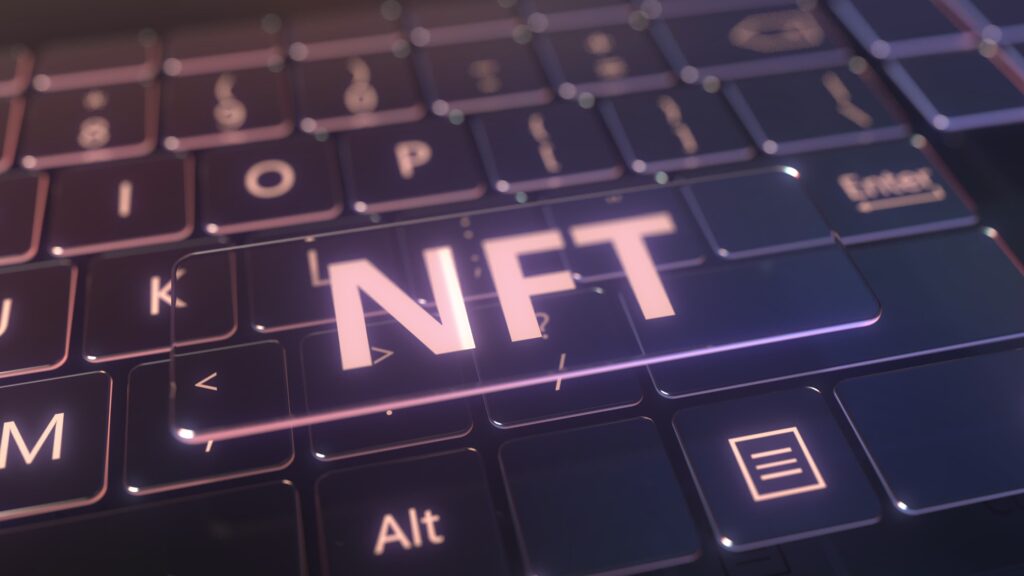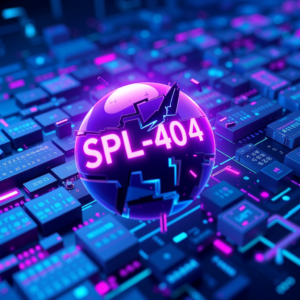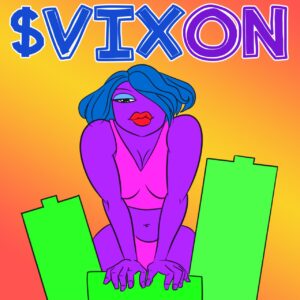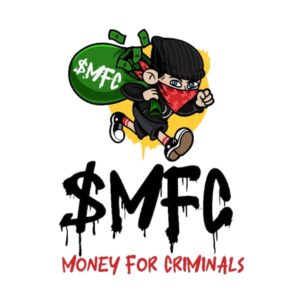Understanding NFTs
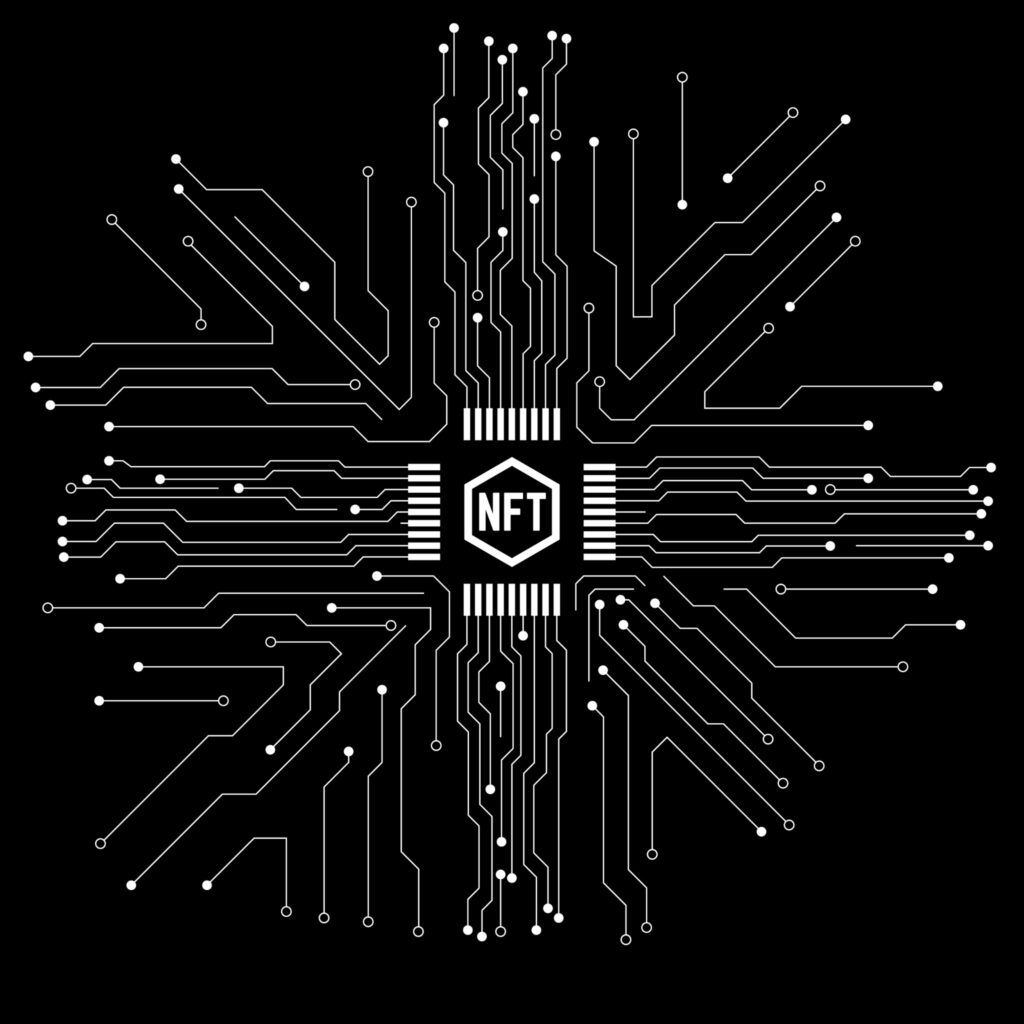
The Impact on the Art Industry
NFTs Beyond Art
The Future of NFTs

FAQS
NFTs are typically bought and sold on various online marketplaces. The process involves listing an NFT for sale on a marketplace, where buyers can browse and purchase NFTs. Transactions are made using cryptocurrency, most commonly Ethereum. Once a transaction is made, the ownership of the NFT is transferred to the buyer and this change in ownership is recorded on the blockchain.
As a relatively new area, the legal landscape around NFTs is still being defined. Some of the key legal considerations include intellectual property rights, as the purchase of an NFT may not necessarily grant the buyer copyright over the digital asset. There are also questions around consumer protection, fraud, and the regulatory framework for the sale and exchange of digital assets.
Like any investment, NFTs come with their own set of risks and potential rewards. While some people have made significant profits from buying and selling NFTs, the market can be volatile and unpredictable. It’s important for potential investors to do their own research and understand the market before investing in NFTs.
Yes, anyone can create an NFT. All you need is a digital wallet, some cryptocurrency (usually Ethereum), and access to an NFT marketplace where you can ‘mint’ or create your NFT. However, it’s important to note that creating an NFT of a digital asset doesn’t automatically give you the copyright to that asset. You must have the rights to the digital content you’re turning into an NFT.

